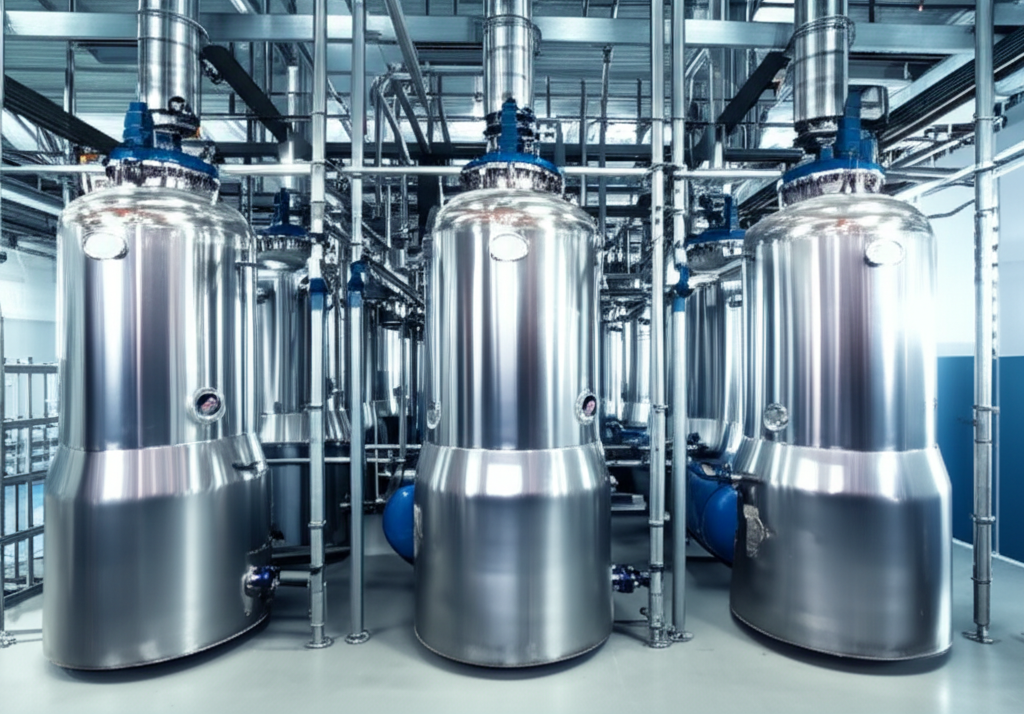Agricultural scientists have developed a groundbreaking environmentally sustainable synthesis for Difenoconazole, a globally essential triazole fungicide. This innovative five-step process replaces hazardous reagents with safer alternatives while achieving industry-leading purity above 98% and yields exceeding 90%, addressing longstanding pollution concerns in agrochemical production.
Difenoconazole's effectiveness against powdery mildew, rusts, and leaf spot diseases makes it vital for protecting wheat, fruits, and vegetables. Traditional manufacturing relied heavily on aluminum chloride catalysts and emitted corrosive hydrogen bromide. The patented approach fundamentally redesigns this chemistry by deploying (Bmim)Cl-FeCl3 ionic liquid in the initial acetylation stage, allowing catalyst recycling and eliminating over 95% of metal waste compared to conventional methods.
The optimized synthesis begins with acetylating m-dichlorobenzene (a crucial intermediate) where ionic liquids demonstrate remarkable catalytic efficiency. Subsequent bromination employs hydrogen peroxide to minimize toxic bromine emissions - a game-changing modification where only 1.1 equivalents of bromine achieve near-quantitative conversion under precisely controlled temperatures. "The peroxide-bromine synergy suppresses hazardous byproduct formation while preventing equipment corrosion," explains materials scientist Dr. Evelyn Roth, who reviewed the process.

Critical innovations continue in the cyclization step, utilizing p-toluenesulfonic acid in toluene with continuous water separation, followed by a potassium carbonate-assisted condensation with triazole salts in dimethyl sulfoxide solvent. The final etherification combines methyltriazole with parachlorophenol under reflux conditions. Each stage incorporates solvent recovery systems, exemplified by toluene reuse rates surpassing 90% across multiple batches. Pilot trials confirm product purity consistently meets ISO 17034 standards with isomer impurities below 1.5%, significantly improving formulation efficiency.
Perhaps the most compelling advancement lies in the environmental metrics: Bromination effluent toxicity decreased by 70%, catalyzed reaction times shortened by 30-50%, and heavy metal contamination fell below detection limits in waste streams. Agricultural engineer Mateo Fernandez notes: "The hydrogen peroxide-mediated bromination could transform industrial halo-ketone production beyond this specific application." Economic analyses suggest 12-18% production cost reductions from reduced purification needs and reagent recycling.
Validation through scaled trials showed remarkably consistent results: Acetylation yields reached 96% at 60°C, with ionic liquids retaining activity after ten cycles. Bromination optimization limited organic bromide byproducts to under 3%. Overall synthetic efficiency exceeded 91% at kilogram-scale runs, outperforming existing methods by 15-20% while halving organic solvent consumption. These improvements translate to approximately 1.2 tons less chemical waste per 100 tons of active ingredient produced.
Commercial implementation has begun at Asian manufacturing facilities, with anticipated global adoption accelerating as regulatory pressures on industrial bromine emissions intensify. The methodology establishes a paradigm for cleaner triazole fungicide synthesis without compromising productivity - potentially adaptable to similar compounds like epoxiconazole and tebuconazole. With global Difenoconazole demand projected to exceed $680 million by 2028, this technological leap arrives when sustainable crop protection solutions are increasingly critical for food security.
Manufacturing Facilities






Professional Export Experience
to Global Customers

1. 20 years of R&D, manufacturing and sales experience, serving customers in 60 countries and regions around the world;
2. Own R&D laboratory, pilot platform and large-scale production workshop, which can meet the audit requirements of global customers;
3. We can satisfy customers' perfect transition from small scale lab requirements (gram level) to commercialization requirements (hundred tons level).
A: We don't have Minimum Order Quantity, exact quantity should be provided before quotation for us to calculate the exact cost.
A: We don't provide free samples due to lots of request and expensive international courier's cost, we can deduct the sample charge after commercial order placed.
A: Our payment terms: Small or sample order: T/T IN ADVANCE. Commercial order: First order should be by T/T IN ADVANCE or L/C at sight, and following orders T/T 30~90days is acceptable subject to approval of credit application.